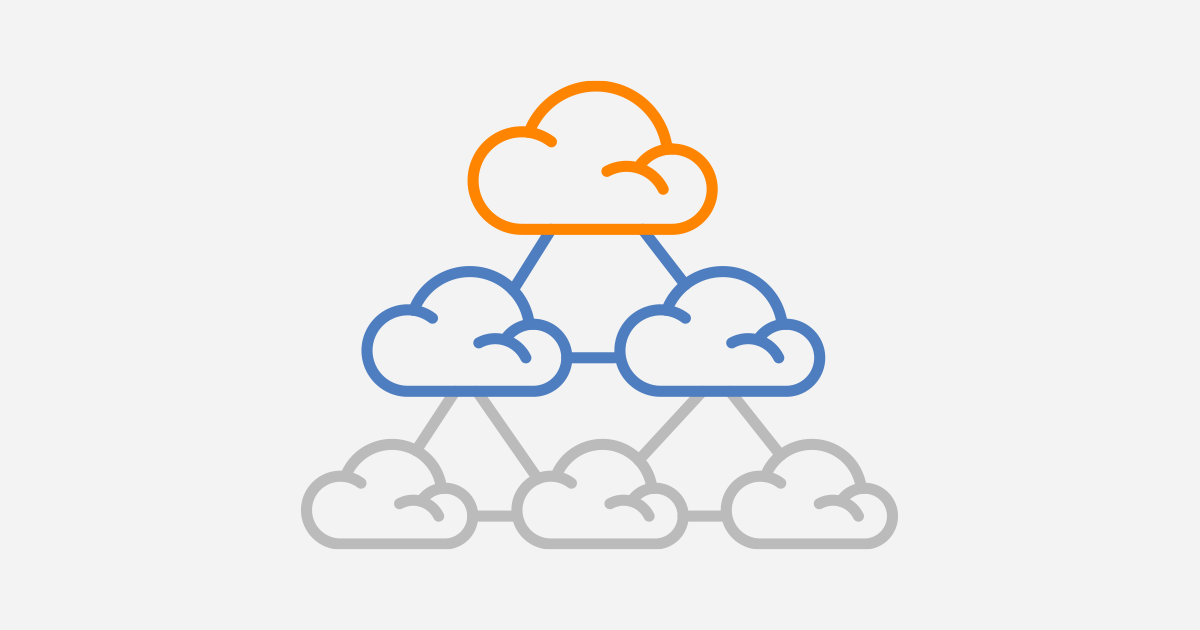Understanding the intricacies of IP transit pricing in the realm of connectivity and networking is crucial for businesses looking to maximize their business operations as well as manage costs. In the midst of this pricing system is a mix of ports and services each of which plays a significant part in determining the total cost. Let’s go on a trip to decode the economics of IP transit pricing by examining crucial factors, strategies and the ramifications.
Port and Service Dynamics
IP transit pricing revolves around the utilization of ports and associated services. Each service is connected to one or more ports. This creates a flexible framework that allows network configurations to be customized in accordance with the individual needs. It’s important to realize that each port can accommodate several services, with charges dependent on the products.

Understanding Committed Data Rate (CDR)
Committed Data Rate is the principal concept used in IP transit pricing. It represents the minimum data commitment that a port has to make. CDRs must be at least 10% the dimension of the port to assure a minimum degree of connectivity. If, for instance, an enterprise chooses to use a 10G port, the minimum commitment will be 1G. CDR can be used to determine pricing. More commitments result in lower unit prices.
The Burst Above CDR
IP transit ports allow for expanding beyond the CDR, which allows companies to handle sudden increases in traffic demand. Burst traffic has the same price per Mbps that CDR. This flexibility is provided without any additional costs. This feature can be especially advantageous to businesses with changing usage patterns and variations in the frequency of network activity.
Factors Influencing Pricing
A variety of factors impact the price of IP transportation, including the speed and size of the data rate to which it is committed in addition to the volume of traffic. In general the case, higher CDRs and greater port speeds lead to lower unit charges. This can encourage businesses to upgrade their connectivity to lower expenses. Furthermore, the competitiveness of the market and the bargaining capability of the consumer can impact the pricing agreement.
Optimizing Budgets to maximize Value
A plan of action is necessary to optimize budgets and maximize the value of IP transit costs. Companies must conduct an in-depth analysis of their requirements for networks taking into consideration factors like expected traffic volumes as well as scalability requirements and performance goals. By matching these requirements to the most efficient pricing plans and offerings, businesses can maximize the return from their investment.
Management of costs: Strategies to Manage Costs
Cost managing strategies are a good way to help reduce the impact IP transport costs have on budgets. It is vital to look over the pricing agreements on a regular basis to identify opportunities for improvement and renewal. Utilizing network analytics and monitoring software can help businesses make proactive decisions.
The Importance of Future-Proofing
In a technology-driven environment which is rapidly evolving and constantly changing, planning for the future of the network infrastructure you utilize is essential to the long-term success of your business. When looking at IP transit costs, businesses should think about not just immediate requirements but also future growth and expansion. Scalable solutions with flexibility and expansion capabilities can help reduce the requirement for costly upgrades in the future.
Comparing Pricing Models and Providers
In the IP transit market, there are a wide range of service providers. Each has its own distinctive pricing system and service offering. It is important to compare providers in depth to help businesses find the best fit for their business while taking into consideration factors like reliability, performance and customer service, in addition to cost. It’s important to think beyond just the bottom line, and examine the overall value proposition offered by each service.
Conclusion
In the end, understanding the economics that drive IP transit pricing is vital to a thorough knowledge of the various factors in play, including the dynamics and strategies that are involved. By using insights into port and service dynamics, optimizing budgets, and the future-proofing of network infrastructure, businesses can efficiently manage their costs while maximizing the ROI of their investment. Through careful planning, strategic decision-making, and a focus on resilience, businesses can establish high-performance and resilient networks that can support their success and development in a global economy that is constantly connected.